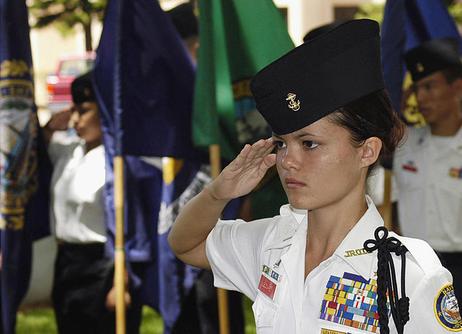Learning to read can be a challenging task for many children. Some children may struggle with decoding words, while others may have trouble with comprehension. Luckily, there are effective methods for teaching reading, such as the three-cueing system.
Sarah's Story
In this blog post, we will follow the fictional story of a young girl named Sarah, who overcame common reading difficulties with the help of the three cueing system. Sarah was a bright and curious child who loved to explore the world around her. However, when it came to reading, she struggled. She would often get frustrated when she couldn't decode a word or understand the meaning of a sentence. Finally, her parents and teachers noticed her difficulties and decided to seek help.
The Struggle to Read
Sarah's journey to learning to read was not an easy one. She struggled with decoding words and often guessed the meaning of sentences based on the context. Her parents and teachers tried various methods to help her, but nothing worked. As a result, Sarah became increasingly frustrated and started to lose confidence in herself. However, things began to change when Sarah's teacher introduced her to the three-cueing system.
A reading expert explains how we can help struggling readers.
The Three Cueing System
Sarah's teacher explained that the three cueing system was a method of teaching reading that focused on three types of cues: meaning, structure, and






















